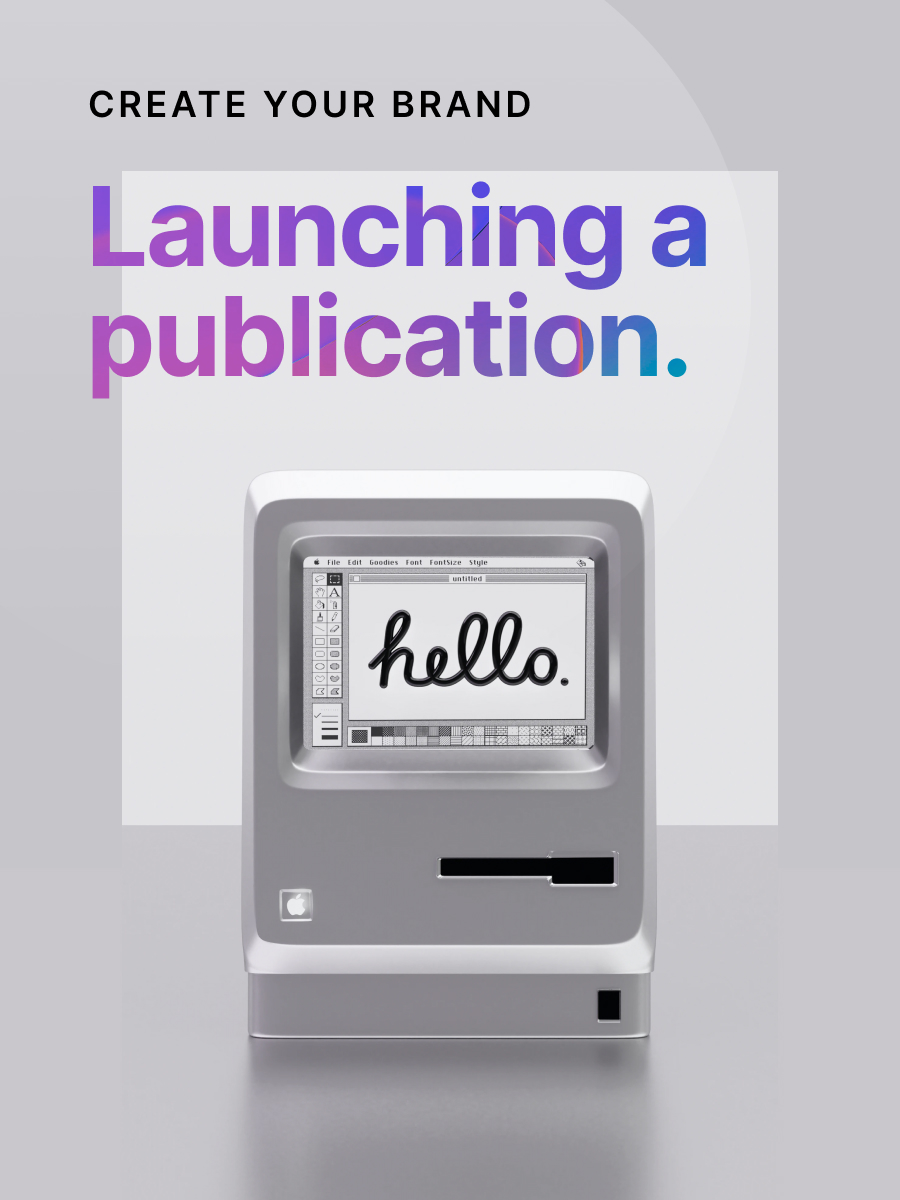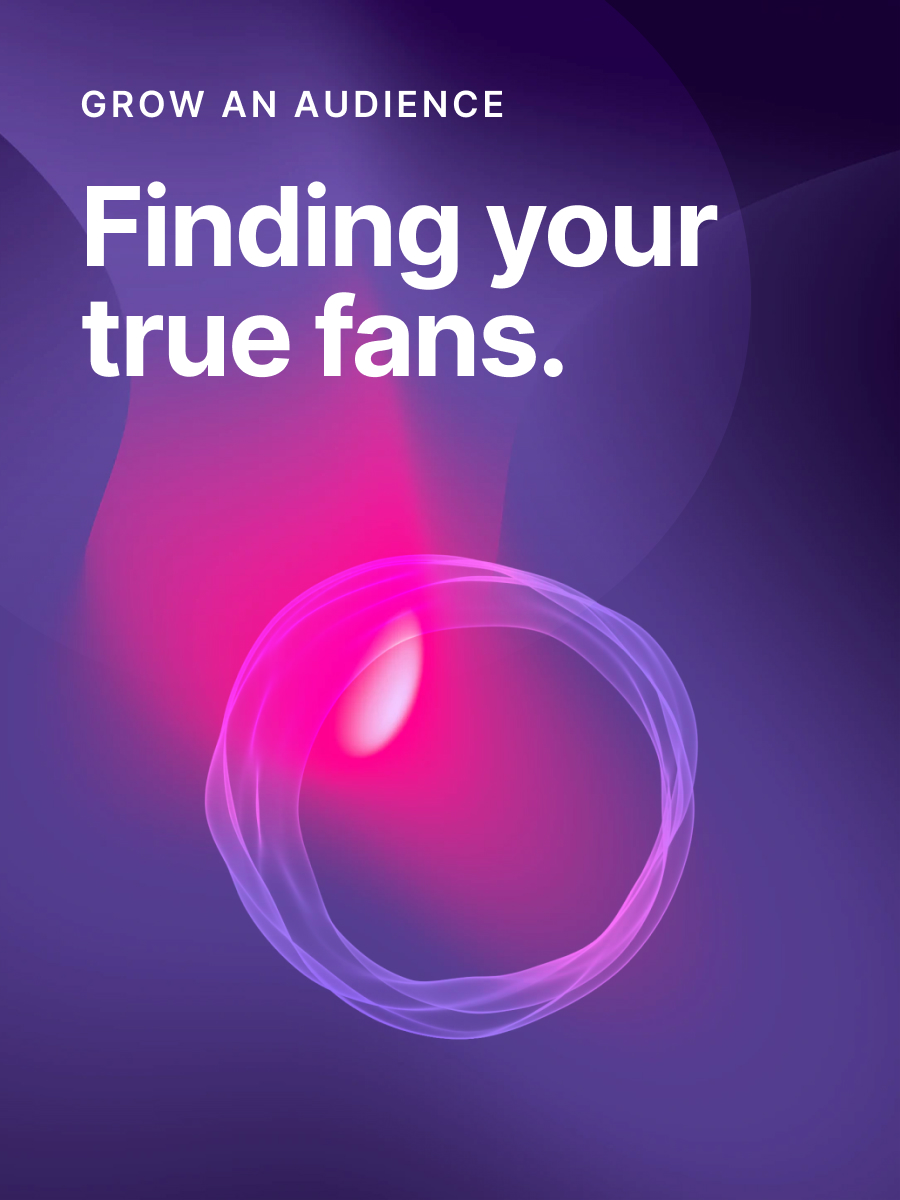🎉 Newsletter resolutions
Happy 2024, everyone! Don't you just love that new year smell? Nothing feels better than hitting the reset button and leaving your baggage behind. (Pay no attention to the failed 2023 resolutions behind the curtain.) In celebration of starting fresh, this week's newsletter is about creating "newsletter resolutions" that will help you measure your goals, warm up your writing muscles, and build a foundation for a successful year of publishing. Let's go!
In this week's issue 📨
- Assess the success of your newsletter
- Eight writing exercises to help you grow
- Common mistakes new publishers make
Was this email forwarded to you? Subscribe here!
Measure your metrics

When it comes to metrics, what does success look like for your newsletter in 2024? Most publications only glance at their open rate and list size, but these are minor blips on a large radar. If you're ready to make big waves this year, your metrics map should include everything from audience engagement and newsletter growth to monetization standards and reader feedback.
Author Dan Oshinsky from Inbox Collective breaks down these measurable metrics to help you understand what's working and what's not.
Engagement
- Most open rates hover around 38%, so don't stress if yours isn't any higher. However, if your open rate is consistently below 30%, it might be time to regroup on how you grow and win back inactive readers.
- Your click rate represents the percentage of readers who clicked on at least one link in your newsletter. A decent click rate should be 2-5%. Not getting enough clicks? Pay attention to what links are clicking and do more of that.
- Bounces happen when your newsletter can't be delivered to a subscriber due to temporary or permanent inbox issues on their end. Your bounce rate should be no more than 0.5%. Anything higher is a sign to clean up your reader list.
Open rates are changing
- On February 1st, Gmail and Yahoo! Mail will begin blocking marketers that use abusive/outdated practices, which will create a better sending environment for publications like yours.
- Since this is the largest update to deliverability in years, the newsletterscape is bound to experience a few rough spots. Short term, some of your emails may end up in a spam folder temporarily.
- Long term, for publications already following best practices, you'll see better email metrics going forward. (By the way, if you use Ghost, don't worry, we've already got you covered to stay ahead of these changes.)
Growth
- If your subscriber count isn't growing as fast as you'd like, that's ok! Take time to reevaluate your content and review what your readers are responding well to. Sometimes, a slower pace of growth is the right option.
- Be prepared for your list of inactive readers to grow the longer you're in the newsletter game. Consider running a reactivation campaign to win back subscribers who have decided to tune out.
- Use growth tools like Google Analytics to track conversion rates for your new landing page or sign-up module. If you're seeing low conversion rates, think about improving the copy or design of your forms.

Monetization
- If you sell ads, the higher your click rate, the more you can charge. Start tracking what percentage of readers click on the links in your newsletter so that you can set the right expectations for your advertisers.
- If you're selling a product, like paid subscriptions, courses, or merchandise, be sure to track new readers who convert to paying customers. A low conversion rate could indicate that you’re selling the wrong things.
- Try to track less obvious revenue streams outside of ads or memberships, like affiliate revenue. If you're unsure how to start with affiliate marketing, check out this guide from creator Ryan Robinson.
Feedback
- Run surveys to measure reader satisfaction with Google Forms. Ask your readers about the most useful content or what they would change if they had the freedom to add something to the newsletter.
- If you're not a fan of open-ended questions, go for something more numeric. On a scale of 1 to 10, how likely are they to recommend your newsletter to a friend or family member?
- If forms aren't your forte, encourage your subscribers to give direct feedback right from their inbox. If you're sending something worth investing in, you'll receive a high percentage of replies.
Interesting stories & ideas 📚
- Manage your time better in 2024 – Creator Economy
- How to win younger audiences – Media Makers Meet
- The difference between influencers and creators – HubSpot
- Benefits of a four-day work week – PressGazette
- It's too easy to delete things – Embedded
Workout your writing

Whether you've been writing for years or establishing a new blog, working out your writing muscles should be one of your 2024 priorities. When it comes to developing your writing skills, practice does make (almost) perfect, so what daily commitments can you make that aren't a waste of your time? Let's look at eight exercises to help you grow as a writer.
#1 Transcribing another author's work is one of the best ways to learn from an expert writer. You’ll get an intimate sense of their style, word choice, and organization without losing your own voice in the process.
#2 Reactive writing is writing out your ideas, feelings, and arguments as a knee-jerk reaction to something. It sounds dangerous, but if you're stuck, this will get your fingers flowing again and prepare you for what's next.
#3 Writing from memory is a great way to capture accurate details that bring items to life. What you write should transport you back to that particular place or time and include the essential parts a reader needs to know.
#4 Building your vocabulary keeps your writing accessible while also giving readers something to discover along the way. Start boosting your familiarity with uncommon words to become more comfortable reaching for them.
#5 Freewriting or "stream of consciousness" writing is an excellent way to empty your mind. This helps you focus on the task while improving your speed at getting ideas out of your head and onto the page.
#6 Headline brainstorming can help you drastically change your writing's tone, voice, and purpose. As you improve at quickly creating headlines, you'll accelerate other parts of your writing, such as testing multiple introductions.
#7 Editing other people's writing requires creators to approach content with a more analytical lens by making their writing more precise, concise, or complete. This can help you construct cleaner first drafts of your own.
#8 Creating constantly will always be the best way to improve your skills. Writing exercises are helpful, but they'll never compete with the act of "doing." Consistently carve out the time to write, and magic will happen naturally.

Lay your foundation

If you're just getting started with your newsletter in 2024 and are already feeling overwhelmed, fret not! You can't do everything on day, week, or even month one. So, take a breath (one of those deep through the nose and into your belly kind), make some tea, grab a blanket, and turn on your fake TV fireplace. It's time to focus on laying the proper foundation.
Author Ruth Soukup from Elite Blog Academy shares the common mistakes to avoid when paving your road to success.
‣ Doing things out of order is one of the biggest mistakes beginning publishers make. Everything we do builds on the things that came before it. You don't want to drive traffic to your publication before you've written anything, and you don't want to launch a product before having an email list.
‣ Bouncing from strategy to strategy is another sign that you're not focusing on your foundation. When you decide on a plan, give it time to marinate before trying something else. Don't be distracted by a new and shiny strategy before solidifying your current one. Success takes time.
‣ Perfection is rarely obtainable, especially in your publication's infant stages. Your newsletter won't be perfect right away, and that's ok. Just focus on a balance of quality and quantity. You may not be 100% happy with the content you're putting out there at first, but you can't get better if you don't hit "publish."
‣ Getting too attached to one type of post is a subconscious mistake that writers make. There isn't one definition of what a "good" post or newsletter looks like. Don't be afraid to experiment with different types of content and formats. You won't know what will work until you try it.
"...the hard truth is that sometimes the monetization and business-building side sounds a lot more exciting! But the thing is, we can’t do everything from day one. If we want to be successful with our blogs...we have to start with the basics." – Ruth Soukup
Curator's pick ✍️

Enjoy this newsletter? Forward to a friend or hit reply to share your thoughts. We don't bite! 👻
Want more how-tos? Search our library of tutorials and subscribe to our monthly "Build with Ghost" newsletter.
Join our Ghost Creator Community! Connect with like-minded people who create content professionally — apply here.






